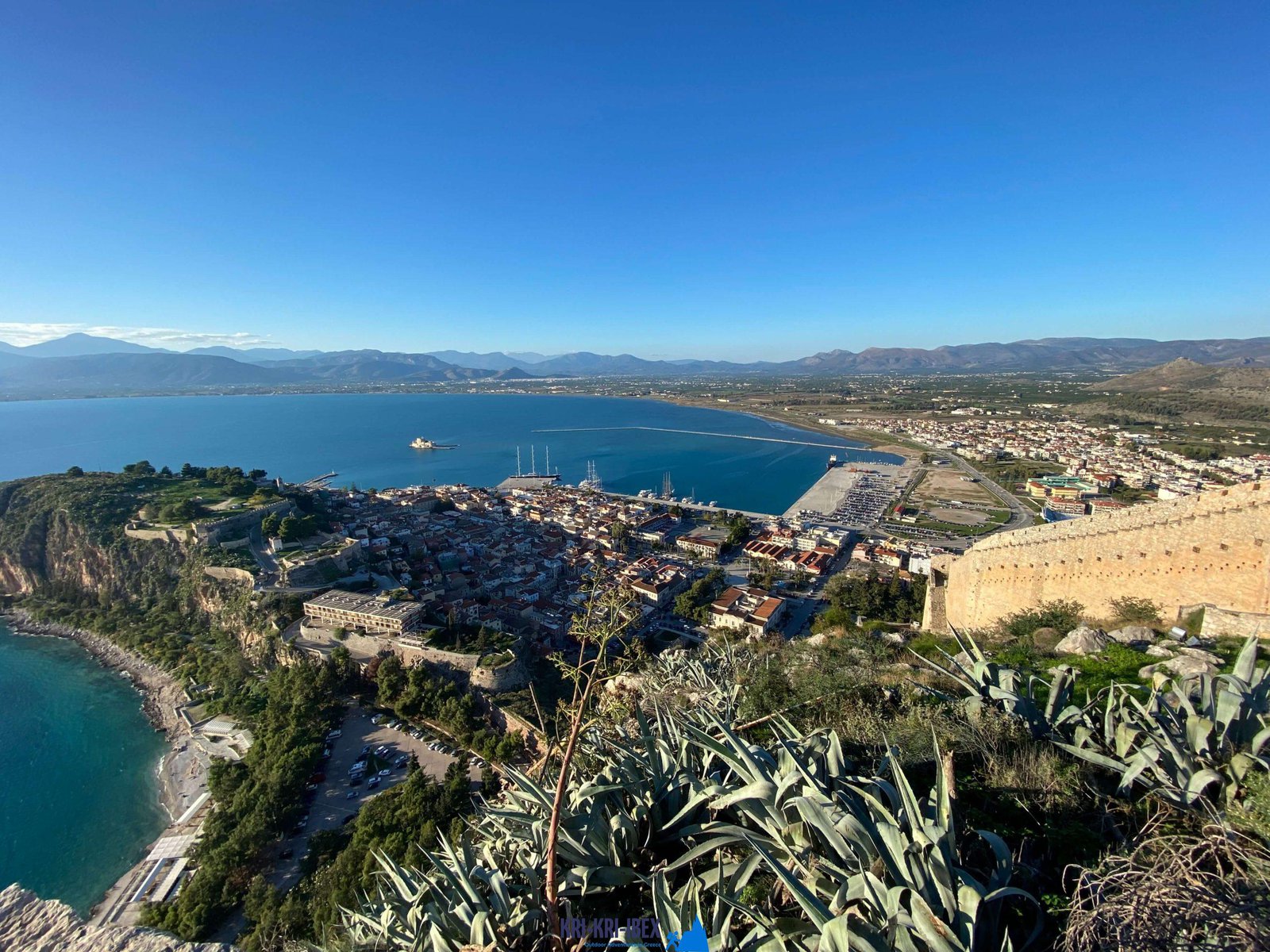
To lots of people, The Peloponnese peninsula on the Greek Mainland is the 'real' Greece, where points have actually not altered much in all over the centuries despite the fact that lots of people have actually found it. Look no better than the Peloponnese if you are looking for an authentic Greek outdoor experience! Below you can diving and also searching on unique islands and also visiting at the same time.

Greece is a wonderful country for tourism, using various chances for site visitors. There are lots of gorgeous islands to visit, such as Sapientza, as well as archaeological sites and also cultural experiences to enjoy. Greece is likewise popular for its tasty food and also white wine. Whatever your interests might be, Greece has something to provide you.
On our Peloponnese trips, you'll get to experience all that this outstanding region has to provide. We'll take you on a trip of a few of one of the most beautiful and also historical sites in all of Greece, including ancient damages, castles, and also a lot more. You'll also get to experience several of the standard Greek culture firsthand by delighting in several of the tasty food and a glass of wine that the region is known for. And certainly, no trip to Peloponnese would be total without a dip in the shimmering Mediterranean Sea! Whether you're an experienced seeker seeking a brand-new experience or a newbie tourist simply aiming to discover Greece's spectacular landscape, our Peloponnese scenic tours are best for you. So what are you waiting on? Book your journey today!
If you are looking for an authentic Greek experience away from the hustle and also bustle of tourism after that look no further than Methoni in The Peloponnesos! Our outdoor searching for Kri Kri ibex, fishing, totally free diving and touring Peloponnese scenic tours from Methoni are the perfect method to discover this stunning location at your very own speed with like minded people. Get in touch with us today to reserve your place on among our tours.
What is the diference between Kri Kri ibex, Bezoar ibex and hybrid ibex
The kri-kri is not thought to be indigenous to Crete, most likely having been imported to the island during the time of the Minoan civilization. Nevertheless, it is found nowhere else and is therefore endemic to Crete. It was common throughout the Aegean but the peaks of the 8,000 ft (2,400 m) White Mountains of Western Crete are their last strongholds–particularly a series of almost vertical 3,000 ft (900 m) cliffs called ‘the Untrodden’—at the head of the Samaria Gorge. This mountain range, which hosts another 14 endemic animal species, is protected as a UNESCO Biosphere Reserve. In total, their range extends to the White Mountains, the Samaria National Forest and the islets of Dia, Thodorou, and Agii Pandes.
This Ibex is NOT a diminutive form of the Bezoar Ibex, which has migrated into the western-most reach of the range of this species. The kri – kri (Capra aegagrus cretica), sometimes called the Cretan goat, Agrimi, or Cretan Ibex, is a feral goat inhabiting the Eastern Mediterranean, previously considered a subspecies of wild goat. The kri-kri has a light brownish coat with a darker band around its neck. It has two horns that sweep back from the head. In the wild they are shy and avoid tourists, resting during the day. The animal can leap some distance or climb seemingly sheer cliffs.
“The agrimi goat Capra aegagrus cretica is unique to Crete and its offshore islands. It has been identi®ed as a sub-species of the wild bezoar goat Capra aegagrus aegagrus Erxleben, 1777, which it closely resembles in horn shape, body form and coloration. This classi®cation has been disputed by some researchers who claim that the agrimi are feral goats, derived from early domestic stock brought to the island by the ®rst Neolithic settlers. In order to clarify this issue, DNA analyses (cytochrome b and D loop sequences) were carried out on tissue of live and skeletonized agrimi and compared to sequences of wild and domestic caprines. Results conclusively show the agrimi to be a feral animal, that clades with domestic goats (Capra hircus) rather than with wild Asiatic bezoar. This study demonstrates that morphometric criteria do not necessarily re¯ect genetic af®nities, and that the taxonomic classi®cation of agrimi should be revised.”